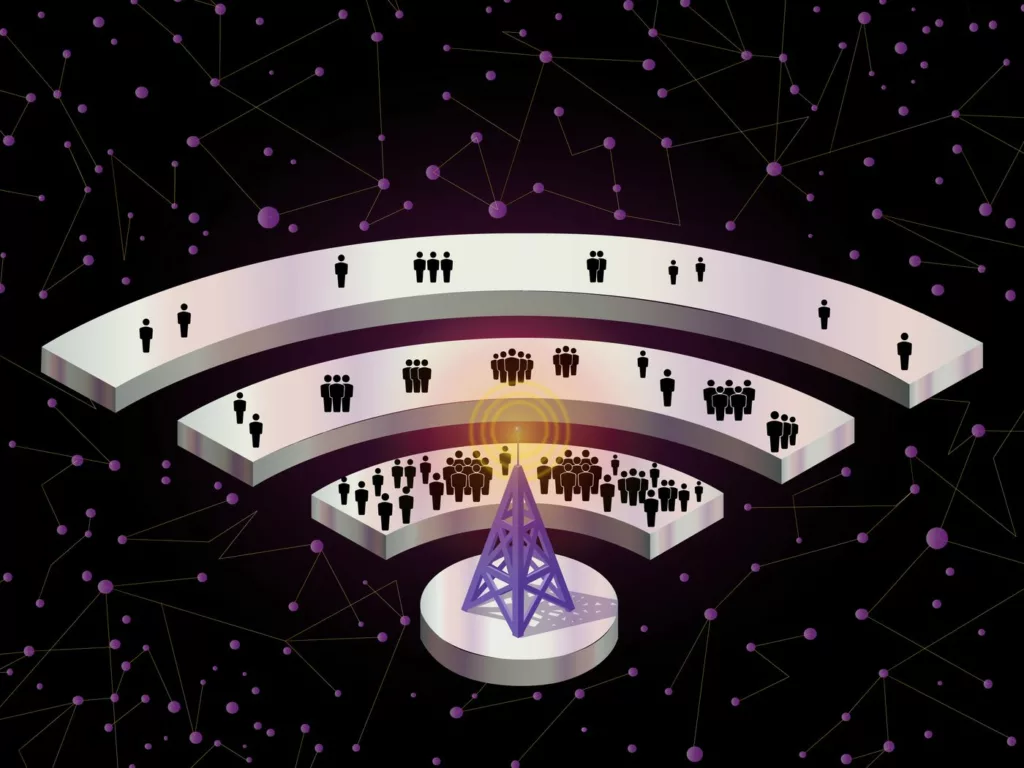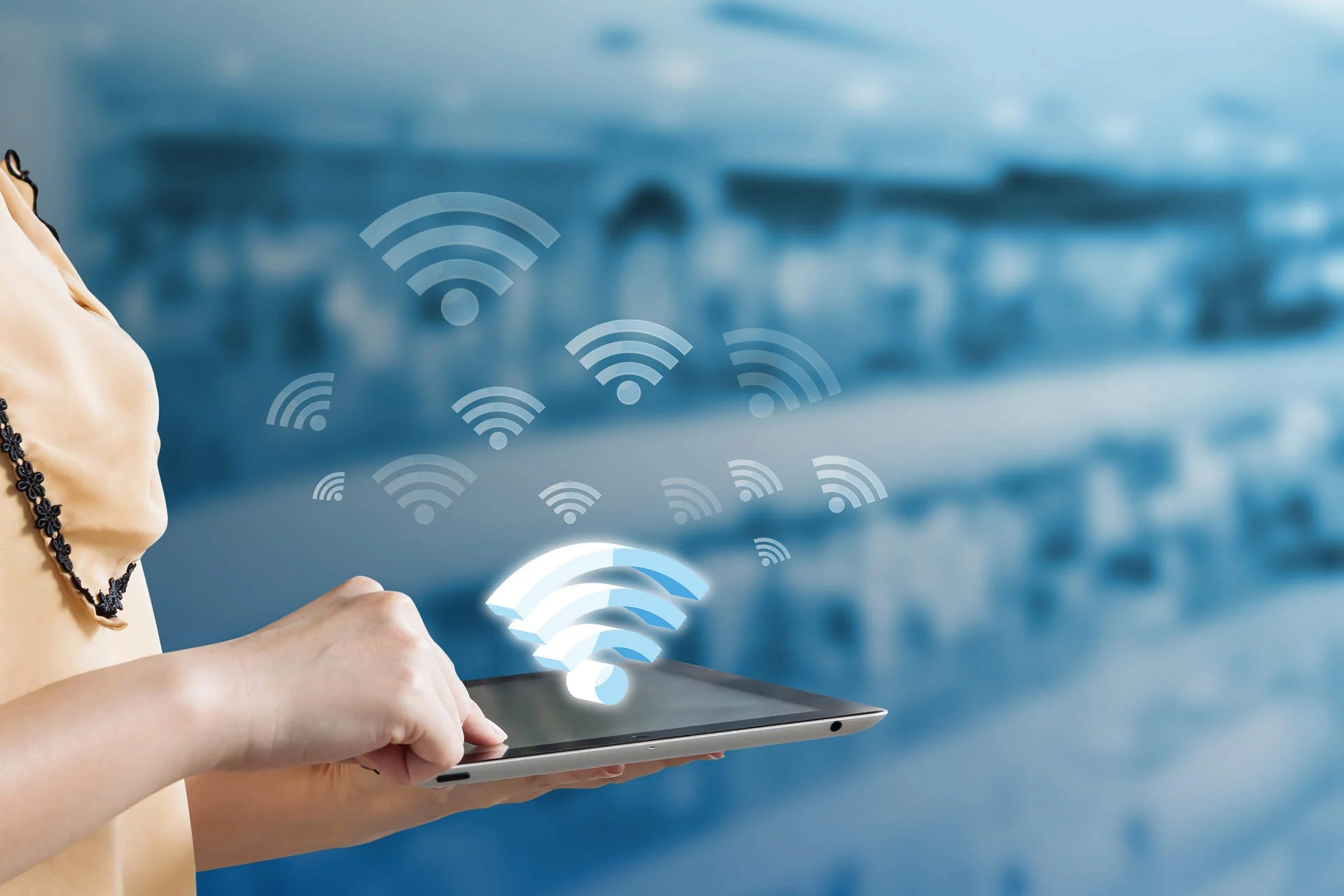If you’ve been running your business for a while, you’ve probably used at least one form of paid ads, maybe on Facebook, Instagram, or even through Google ads. Paid ads, also called pay-per-click (PPC) ads, are an excellent source of leads and revenue for your business on popular platforms, but did you know you can also use paid ads through wifi advertising?
When you run paid ads through wifi networks, you’re able to reach a wide range of potential customers, perhaps even more than on your usual platforms. Wifi advertising works in a couple of different ways.
First, you can advertise on local or national wifi networks that businesses use to provide free internet to their customers. Or, you can advertise on your own wifi network that you offer to your customers. Both come with benefits, but advertising on a widely used network will reach more people.
If you’re not already taking advantage of advertising on wifi networks, here’s why you’ll want to explore this option.

-
Less competition
When it comes to running paid advertisements on various platforms, most are saturated with heavy competition. Google’s PPC ads are especially competitive and in some industries, it takes quite a large budget to bid on profitable keywords.
If you’re running a business in one of these industries – like a law firm or car dealership for example – you’ll find wifi advertising to be less competitive and therefore less expensive.
When you’re looking for places to advertise, the obvious choices are places where your market hangs out online. However, sometimes the most popular options are only within the reach of companies with large budgets. When you aren’t a giant corporation with an endless marketing budget, you need alternative options that are just as effective, but less competitive. That’s where wifi advertising comes into play.
-
People have to view your ad
Advertising your business on a publicly accessible wifi network will force users to view your ad before they can connect to the internet. This will ensure users actually view your ad rather than skipping it like they can on video ads or even pop-ups on a website.
-
You can collect emails
Your first option is to pay for ads that display to users across the entire network at various businesses. Unfortunately, this doesn’t always give you the option of collecting email addresses. However, there is a way to make this work.
You also have the option to create your own splash page just for your internet connection at your business. The difference with this second option is you’ll need to run your own software to create a splash page with an ad that users view. On this splash page, users can enter their email addresses in order to connect to the internet.
If you’ve used a Starbucks wifi connection in recent years, you’ve probably noticed that you need to give the company your email address in order to connect to their free internet. This is just one example of what you can do with your own wifi advertising software.

-
Wifi marketing is easier than running PPC ads
From a purely technical standpoint, running ads on a wifi network is much easier than running your PPC ads. The reason is simple. With PPC ads, you’ll need to set up your account to bid on keywords and phrases that users might search for either on social media or in a search engine. In other words, paid ads target people based on searches. This takes some extensive knowledge to get it going.
On the other hand, wifi marketing is easier and somewhat effortless. Your ad will be displayed for users before they log into the free wifi, which means you don’t have to figure out any keywords ahead of time. You just have to pay the advertising company to run your ad on their network.
Take advantage of all your paid advertising opportunities
When you’re looking for ways to incorporate paid advertising into your marketing strategy, don’t forget about wifi advertising. It’s not a replacement for traditional PPC ads, but it does make an excellent addition to help you drive even more conversions.
Don’t leave this advertising method behind before trying it at least once.